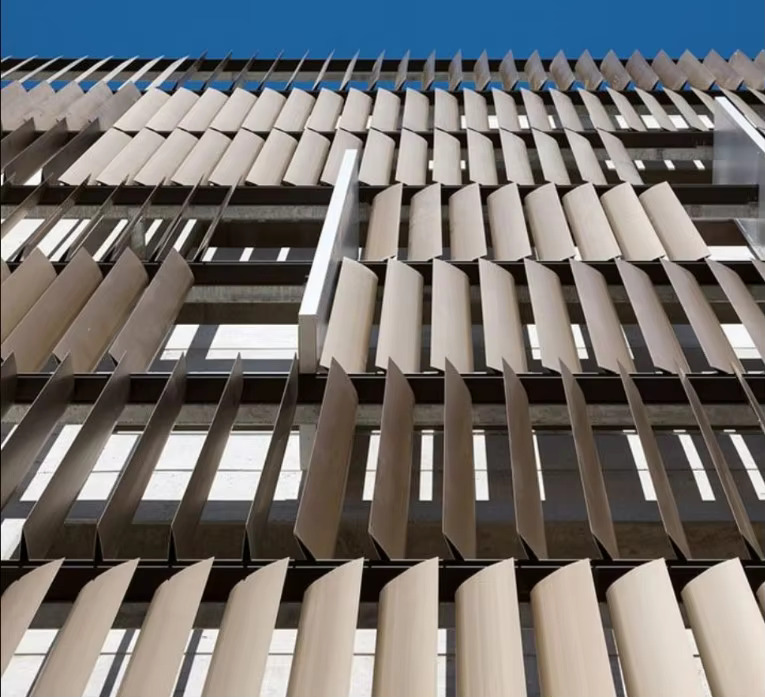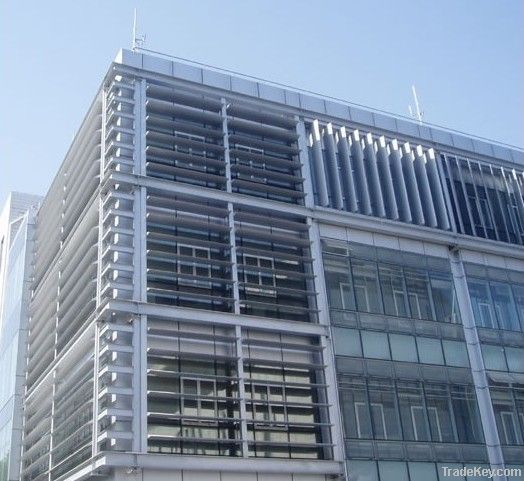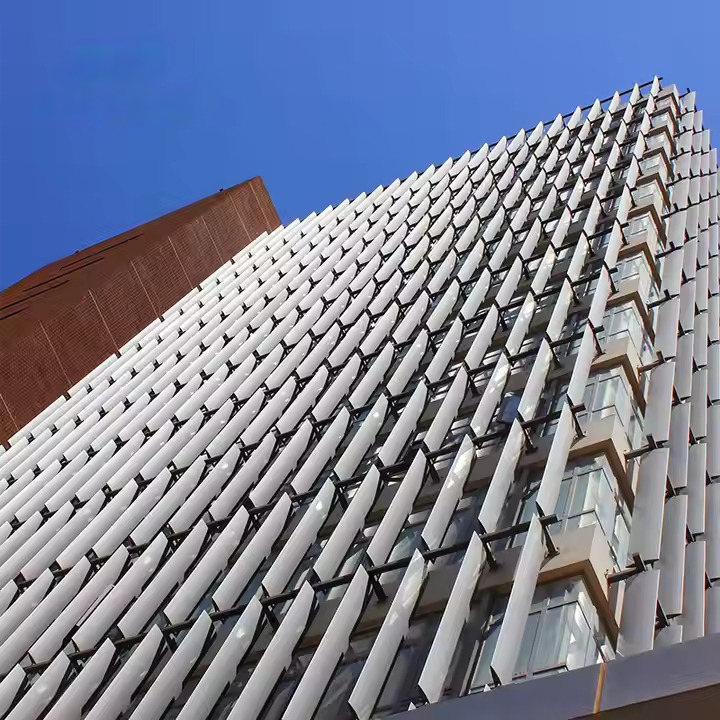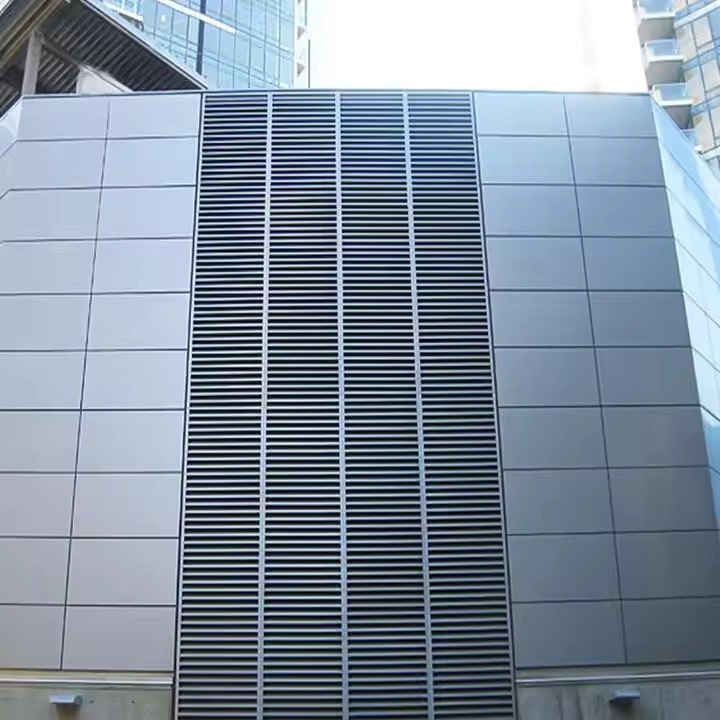


Aerofoil Louver Blades
Aerofoil Louver Blades: A Versatile Building Material
Introduction
Aerofoil louver blades are a type of shading device used in building facades to control sunlight, airflow, and privacy.Their unique shape, inspired by the wing of an aircraft (hence the "aerofoil" name), offers distinct advantages over traditional flat louvers. This article explores the characteristics and uses of aerofoil louver blades.
Features
Aerofoil louver blades possess several key features that differentiate them:
- Aerodynamic Shape: Their curved, wing-like profile minimizes air resistance and allows for efficient airflow. This shape contributes to better ventilation and reduced wind loads on the building.
- Sun Shading: The curved design effectively blocks direct sunlight, reducing solar heat gain and glare within the building. The angle of the blades can be adjusted to optimize shading performance based on the sun's position.
- Ventilation: Aerofoil louvers allow for natural ventilation, reducing the reliance on air conditioning systems and saving energy. The streamlined shape facilitates airflow even when the louvers are partially closed.
- Aesthetics: Aerofoil blades offer a sleek, modern appearance, enhancing the architectural aesthetics of the building. They are available in various materials, finishes, and colors, allowing for design flexibility.
- Adjustability: Many aerofoil louver systems are adjustable, allowing occupants to control the amount of sunlight and airflow entering the building. This provides greater comfort and flexibility.
- Durability: Typically made from durable materials like aluminum or galvanized steel, aerofoil louvers are designed to withstand harsh weather conditions and require minimal maintenance.
Applications
Aerofoil louver blades are employed in a variety of building applications:
- Facade Shading: They are commonly used as external shading devices on building facades, reducing solar heat gain and improving energy efficiency. This is particularly important in hot climates.
- Ventilation Systems: Aerofoil louvers are incorporated into ventilation systems to control airflow and prevent the entry of rain, debris, and insects.
- Privacy Screens: They can be used to create privacy screens for balconies, terraces, and other outdoor spaces, while still allowing for some airflow and light penetration.
- Sunlight Control: Aerofoil louvers offer precise control over the amount of sunlight entering a building, reducing glare and protecting interior furnishings from fading.
- Architectural Features: Beyond their functional benefits, aerofoil louvers can also serve as striking architectural elements, adding visual interest and character to a building's design.
- Skylights and Atriums: They can be used in skylights and atriums to control sunlight and heat gain in these typically challenging areas.
- Car Parks and Industrial Buildings: Aerofoil louvers find applications in car parks and industrial buildings for ventilation and weather protection.
